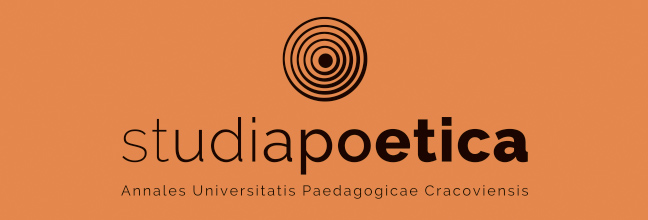Zmiany w strukturze własności ziemiańskiej w dystrykcie radomskim 1939–1945,
Main Article Content
Abstract
During World War II, a series of changes took place in the social and economic sphere on the Polish lands occupied by Germans. One of spheres subject to German experiment was agriculture. The experiments were carried out both in Third Reich and in the General Government. In the GG, to which the Radom district belonged, the agricultiral sector, especially the great rural property, was subject to numerous modernization procedures (the use of chemical mechanization of production, irrigation, mergers). Germans intended to supply the sector which capital through degression, low-cost credits and exploitation privileges. It was all done in the context of plans for increasing the agricultural production for the war needs of Germany and of preparig for the colonization (i.e. germanization) of GG. Restructuring of the agrarian system was a prelude to this goal. One of the basic issues in this respect, apart from merger, was intervention into the proprietary relationships in farminng. Intervention of various German institutions (Liegenschaftverwaltung, Main Forest Department, Wehrmacht, Waffen SS, Police, local and district organs of the apparatus, general amninistration institutions and manufacturing plants). into the proprietary structure was carried out within the framework of the German property law. It was wery rigorous, howeever, it allowed for broad interpretation, mostly to the advantage of the occupant. The ordinance of 24th january 1940 that concerned the property of natural and legal persons announced that private property can be sequestered due its so-called public usefulness. It also stated that ownerless property (absence of the owner in the property) could be confiscated.
While analyzing data from radom district, one can conclude that German intervention was not large-scale. According to estimations, about one fifth of the great property was taken over, the largest part by the Tresury (Liegenschaft, Forest Department) which possessed three quarters of all properties confiscated by the occupants. Properties taken over by the German army, police, SS, industry secctor or local government institutions served immediate war aims (in many cases, well-organized and well-localized properties were cnfiscated). In longer prrspective, they were supposed to become a basiis for the German colonization.
Intervention into proprietary relations brought Germans also other than the economic ones. Imprecise and loosely interpreted law become a war instrument of extorting loyalty from the landed gentry. Landowners who wanted to keep their properties were usually forced to some extent of economic "cooperation" with the enemy, i.e. to using preferences, putting aside quotas, yielding to the supervision of the agrarian administration.
Article Details
|
